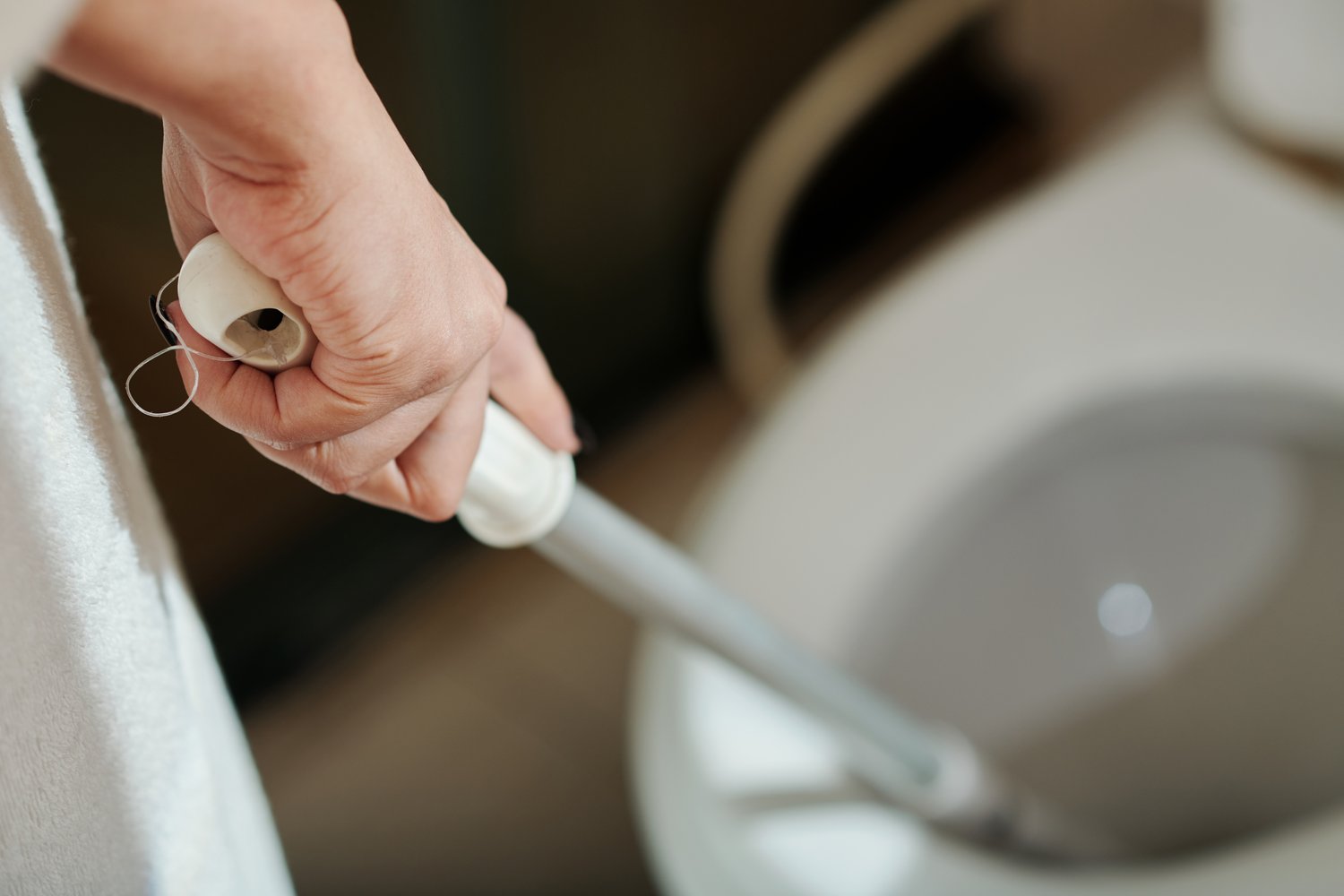Does the constant sound of your toilet running drive you up the wall, not to mention your burgeoning water bill? Addressing this common yet frustrating problem could save you not only peace of mind but also money. Replacing a faulty toilet fill valve is a straightforward process that can stop the incessant water wastage and make your flush more efficient. Here’s why knowing how to do it matters for every homeowner.
- Understanding the mechanism: Discover how toilet fill valves work and what causes them to fail, giving you insights into preventing future issues.
- Essential tools and materials: Equip yourself with the necessary tools to ensure a smooth replacement process, avoiding common pitfalls encountered by many DIY enthusiasts.
- Step-by-step guide: Follow a detailed guide to effectively replace your toilet fill valve, ensuring minimal water waste and a more efficient flushing system.
By mastering the art of toilet fill valve replacement, you gain control over your plumbing needs and contribute to a more sustainable home environment. Whether you’re a seasoned DIY-er or a curious beginner, this guide is your pathway to mastering the basics of home plumbing maintenance.
Understanding the Mechanism: How to Replace a Toilet Fill Valve Properly
Understanding the inner workings of your toilet fill valve is crucial for maintaining efficient home plumbing systems. The fill valve, which regulates water flow and refills the toilet tank after each flush, is a critical component that demands attention when it shows signs of wear.
Common problems such as continuous running water, incomplete flushing, or unusual noises are often indicators of a failing fill valve. Recognizing these signs early can help you prevent unnecessary water wastage and ensure the toilet functions smoothly.
By diagnosing the issues promptly, not only will you enhance your home’s water conservation efforts, but you’ll also save on water bills over time. This guide will aid you in identifying the symptoms and understanding the mechanism involved in effectively replacing your toilet fill valve.
Essential Tools and Materials Needed for a Successful Replacement
Ensuring a successful toilet fill valve replacement starts with having the right tools and materials at hand. This preparation prevents frustrating interruptions and avoids common mistakes that could complicate the process.
Essential tools include an adjustable wrench and a towel to catch any excess water during the procedure. It is also advisable to have a bucket and a sponge ready for cleanup. In terms of materials, a new fill valve kit compatible with your toilet model is necessary.
By preparing adequately, you set the stage for a seamless replacement, which ultimately ensures the long-term functionality and efficiency of your toilet. This organized approach not only saves you time but also minimizes the risks of unforeseen challenges.
Step-by-Step Guide: How to Replace a Toilet Fill Valve and Stop Running Water Effectively
Replacing a toilet fill valve can seem daunting, but with patience and the right guidance, it’s a task you can handle. A faulty fill valve can lead to a constantly running toilet, wasting water and increasing your bills. Follow this detailed guide to fix it with ease.
Step 1: Turn Off the Water Supply
Begin by locating the shut-off valve, usually found underneath the toilet tank. Turn this valve clockwise to stop the flow of water. It’s crucial to ensure that no water reaches the toilet during the replacement to prevent spills and ensure a smooth process.
Step 2: Flush and Empty the Toilet Tank
Flush the toilet to drain most of the water from the tank. Use a sponge or towel to remove any remaining water. This step is vital to access the fill valve without any water obstruction.
Step 3: Remove the Old Fill Valve
Disconnect the water supply line from the base of the toilet tank. You may need a wrench for stubborn fittings. Then, unscrew and remove the mounting nut that secures the fill valve using an adjustable wrench. Gently lift out the old fill valve.
Step 4: Install the New Fill Valve
Slide the new fill valve into the designated opening in the tank. Make sure the valve height is adjusted according to the manufacturer’s instructions, typically above the overflow pipe. Secure it with a mounting nut, ensuring a snug fit without over-tightening.
Step 5: Reconnect the Water Supply Line
Attach the water supply line back to the base of the new fill valve. Ensure connections are tight to prevent leaks. It’s vital to double-check these connections to maintain an effective seal.
Step 6: Turn On the Water Supply
Slowly turn the shut-off valve counterclockwise to restore water to the system. Allow the tank to fill, and keep an eye out for any leaks. Adjust the valve if necessary, ensuring the float cup is correctly positioned to control the water fill level.
By following these steps, you’ll effectively replace a toilet fill valve and restore your toilet’s efficiency, reducing unnecessary water waste. It’s an essential skill that can save money and conserve water in your household.
Frequently Asked Questions on Replacing Toilet Fill Valves
What is a toilet fill valve?
A toilet fill valve controls the water level in the toilet tank, ensuring it refills after a flush.
How can I tell if my fill valve is faulty?
Signs include continuous running water, hissing sounds, and the tank not refilling properly.
Do I need special tools to replace a fill valve?
You may need a wrench, screwdriver, and a replacement fill valve kit.
Can replacing a fill valve save water?
Yes, it prevents continuous water flow and optimizes water usage during flushes.
Is it difficult to replace a toilet fill valve?
With the proper guide, replacing a fill valve is usually an easy DIY task.





